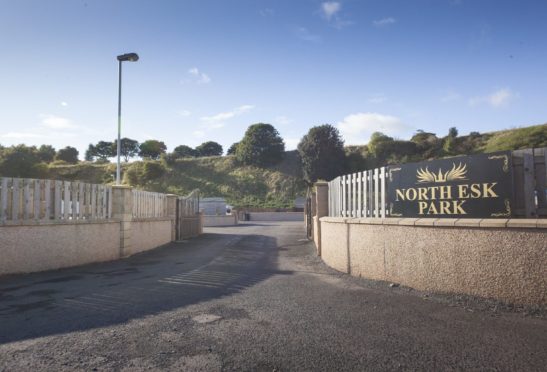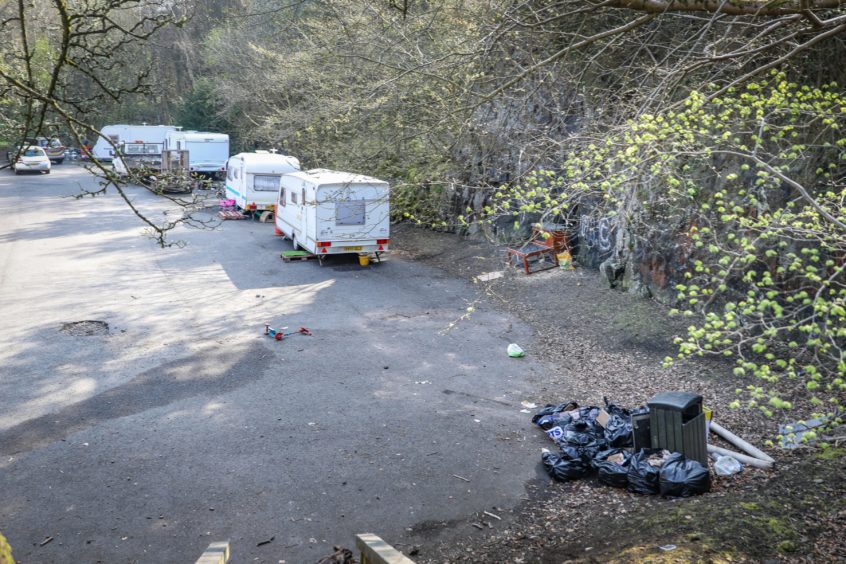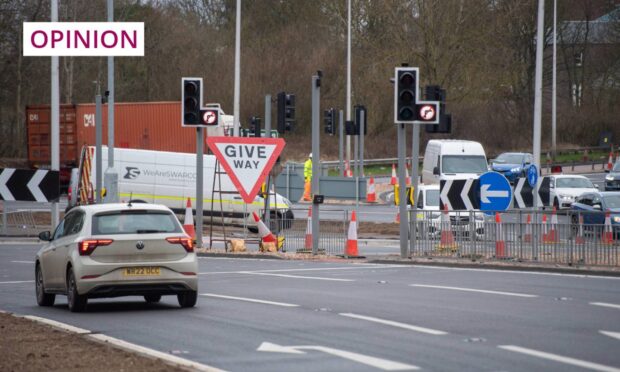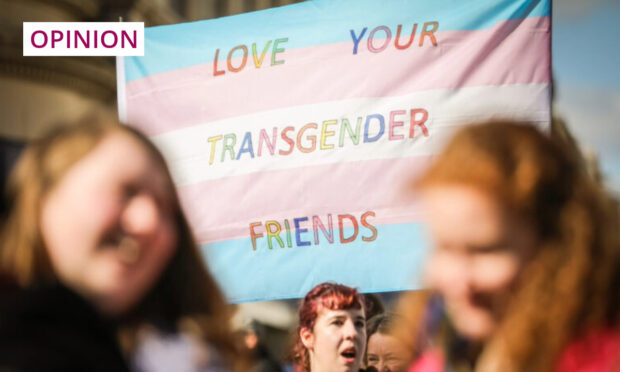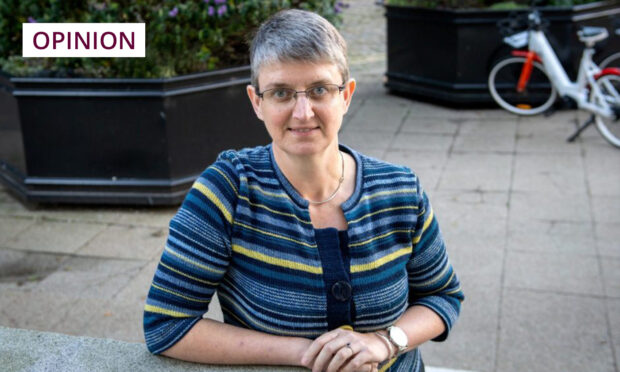If you grew up in Perthshire in the 1970s and 80s Travellers were a part of life.
They were there in the laybys that filled up with caravans at various points in the year. They stayed a few weeks. We drove past. They moved on. And so it went.
At school, the Traveller kids came for a few weeks, maybe for a year or two, often just the once, then drifted off again with the seasons.
We probably weren’t as nice to them as we should have been. Sometimes we weren’t nice to the tubby pupils either. Or the grubby ones or the ginger ones. Or any of the ones that slotted into the ‘different’ category that day.
Playgrounds aren’t the kindest places and hindsight doesn’t always make for the most flattering reflection.
The view is positively rose tinted when you compare it to some of the treatment of Travellers today though.
Take a look at the Facebook comments under our story about the North Esk Park site this week if you’re in any doubt.
On second thoughts, don’t. Nobody needs to absorb that kind of bile when they’re trying to enjoy their Saturday.
North Esk is one of those stories that can comfortably be filed under saga territory. We must have expended acres of newsprint covering every cough and spit in The Courier over the last eight years.
But in a nutshell, Travellers, who built an unauthorised site on land near the St Cyrus National Nature Reserve in 2013, have now been given a 10 year “temporary” planning approval by the Scottish Government.
The camp has been given retrospective planning permission by Aberdeenshire councillors twice, before being called in by Holyrood due to objections from the Scottish Environmental Protection Agency, which raised concerns about the threat of flooding from the River North Esk, which passes just a few hundred yards away.
Scottish Ministers said the flood risk and failure to comply with the local plan did not outweigh the impact of families being kicked off a site in an area where there is no other Gypsy/Traveller provision.
Funnily enough, flooding doesn’t appear to be uppermost in the minds of many of the Facebook commentators.
Look past the insults, and there’s a strong – and understandable – sense of grievance that a development on this scale, boasting 10 stances for permanent caravans and nine for tourers, can be built without planning permission and allowed to stay.
The critics have a point. But I think I can make a pretty good stab at guessing what the reaction would have been if approval had been sought in advance.
Because we’ve seen the reaction when similar enterprises have been proposed elsewhere.
It might go some way to explaining why the Holyrood ruling hinged on the lack of alternative provision in the area and why other local authorities offer scant space at best and are forced to resort to ad-hoc solutions when groups of Travellers do pitch up on unofficial sites – often in parks and public areas where their presence brings them into conflict with the settled community.
The most recent Scottish Government report I can find, from 2019, stated there were 29 public and private sites in the whole country (the Traveller population is somewhere between 4,000 and 50,000 depending on how official you like your figures) and the number of pitches had fallen over the previous decade. Some council areas had no sites at all.
Another Holyrood study found 92% of young Travellers had been subject to bullying and prejudice while figures elsewhere point to lower life expectancy and higher levels of depression, substance misuse and suicide.
To argue the North Esk ruling is unfair, that it demonstrates there is one set of rules for Travellers and another for everyone else, gets us to the root of a problem that harms Travellers most of all.
Scottish Gypsy Travellers were granted ethnic minority status in 2008, supposedly giving them protection under the Equality Act, but look at the online abuse this week – then substitute Traveller for Muslim or Jewish – and perhaps you’ll see why the discrimination has been described as Scotland’s “last form of acceptable racism”.
My profession has to shoulder a lot of the blame. Somewhere along the line – maybe after the great new age traveller moral panic of the 1990s- there was a shift from reporting on sites when problems arose to making a problem of the fact that they were there at all.
The countryside has changed too. There’s less of it for a start. My own village is twice the size it was when I was a child and the laybys where the Travellers pitched their caravans now have boulders and bollards across the entrances.
With fewer unofficial halting sites it falls to councils to do more to plug the gaps with facilities that meet government standards and that Travellers will use – and to provide practical solutions, such as a means to get rid of waste when you only have a commercial vehicle and the staff at the tip won’t let you in without a permanent address.
As for the rest of us, we can complain about special treatment for Travellers, or we can accept that the vicious circle of abuse and conflict isn’t working for anyone.
But if you treat people like scum you don’t get to act surprised when they live down to your expectations.
